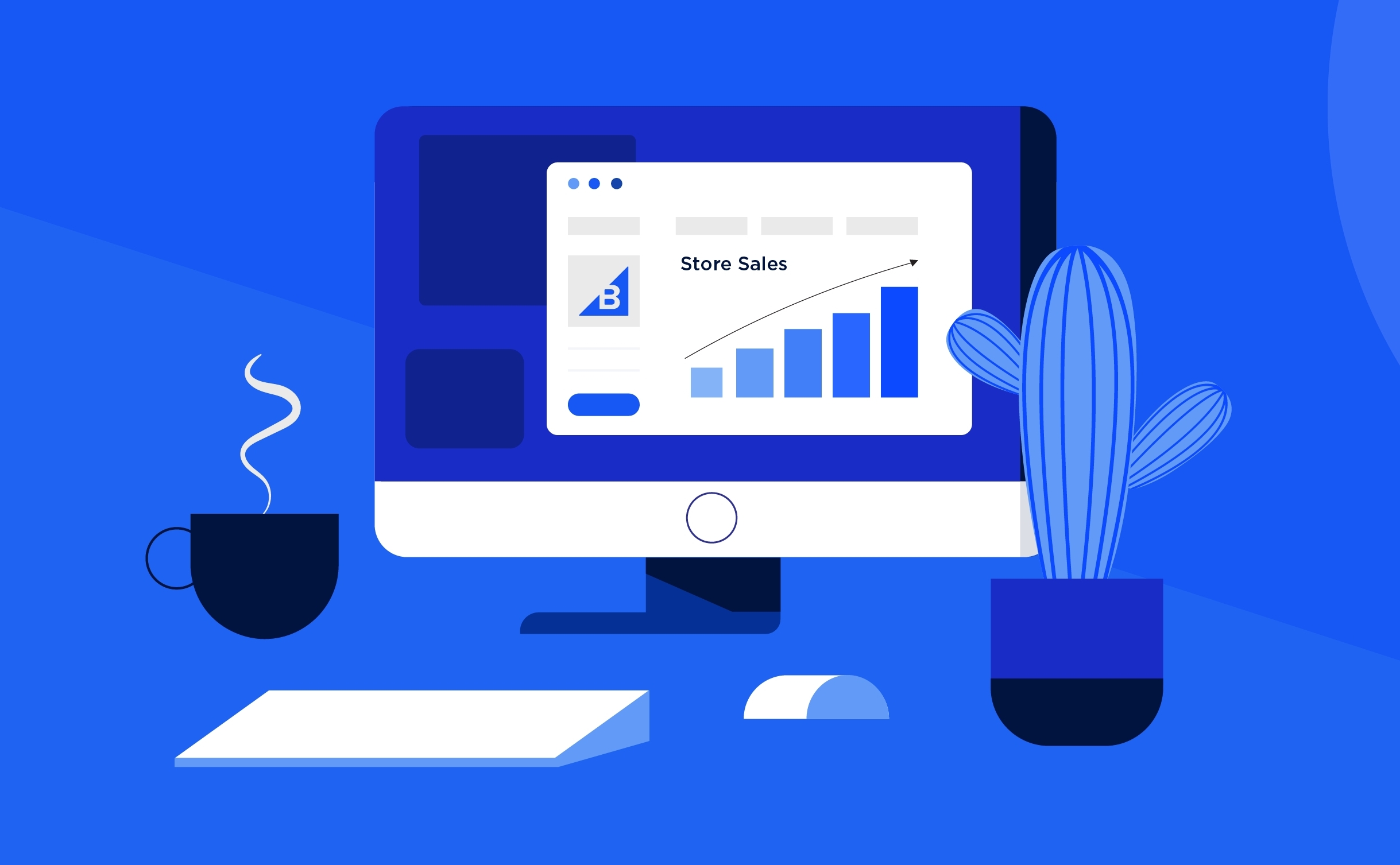This article will help you if you are struggling to turn a profit in your e-commerce business and you want to start banking real money from your business. It’s time to focus on your e-commerce metrics.
When I first launched my business myself and my co-founders were so focused on getting sales… Advertising, growing sales and getting more and more people into our business in order to grow the revenue.
But very little attention was put into actually how much money we make into our bank accounts and how profitable our business was.
In other words, we did not pay attention to the business or e-commerce metrics, or at least the ones that really matter. At the end of the day, your business consists solely of metrics, if they make sense, almost all other things become easier.
Conversely, if they don’t make sense, it makes it incredibly hard to run your business at all, let alone build an asset that pays you well or can eventually be sold for millions.
To save yourself months or possibly years of underperformance and struggle in your business, I suggest you take a deep dive into the following 4 e-commerce metrics:
Cost Per Acquisition CPA
Your CPA is basically what it costs you to generate a customer for your business. Usually this costs arises from some sort of PPC ad campaign.
Your CPA is critical to any e-commerce entrepreneur because when you start to invest in advertising you will have to continually pay this acquisition cost in order to generate customers.
This can be a big cash flow burden if your other e-commerce metrics do not stack up and allow you to offset the investment.
Your CPA is based off of a number of different factors including;
- How competitive is your niche and the audience you target
- (Consequently) How much do FB charge you to reach 1000 of those people (CPM)
- Your ad quality and clickthrough rate (CTR)
- Your website conversion rate
You can obviously try and focus on a niche that is less competitive, but that doesn’t work for all types of e-com businesses, especially if you are running a long time so you can try to improve your CPM’s by posting regularly on Facebook/IG so your posts and also your ads are seen by more people for less cost. We post 5 times a day on our Facebook page.
Your best bet to improve your CPA is to actually try and make better ads. How do you do that? First thing I would do is take a look at what your competitors are doing in the Facebook Ad Library and replicate their best ads.
Pro tip: If an ad has been running for a long time, you can assume it was a highly profitable ad. (why else would they leave it running?)
Second, make sure your ads have some sort of hook, or pattern interrupt to grab attention right away. This will help to increase CTR.
Next, I would make sure your creative is high quality, your products displayed clearly and if possible a happy person using/enjoying your product works great too. Finally, sprinkle in some social proof or positive reviews to make your ads seem believable and trustworthy.
Lowering your CPA is critical to ensuring long term profitability, and don’t get overwhelmed this process never stops so just get started and you can iterate and improve over time.
Conversion Rate CVR%
Very closely related to your CPA is your conversion rate (CVR). This is a percentage number that tracks what percentage of people that visit your website go on to make a purchase. Generally this can fall anywhere from 1% – 10% with the most common figure being around 2-3%.
Of course, the higher your conversion rate the lower your CPA will be, because the ad costs to send X amount of people to your site remains to same, but more people actually buy for that same cost.
Every online marketer needs to be tracking and optimizing their conversion rate from day one. It is literally the metric that determines how many people are giving you money, or not.
How to improve it:
Improving your conversion rate is a critical part of optimising your business to make the maximum amount of sales for the least cost. In order to increase your conversion rate there are a few common elements that I recommend everyone to incorporate.
- Clarity in what your products do & why I should buy in 1 sentence
- Nice clear high-res imagery showcasing your products
- Strong, obvious Call-To-Action
- Say as much as you can with the minimum amount of text
- Go heavy on social proof and positive reviews
- A guarantee or some sort of customer come-back
Of course there is a million little things to A/B test in order to optimise from there, but having all of these elements and a nice design will get you most of the way to your goal.
You also need to make sure you are actually tracking your conversion rate in Google analytics or whatever platform you use to sell online.

Join my Newsletter
Average Order Value – AOV
Your average order value is the average amount that a customer spends in your store when they place an order. Depending on what you are selling and what niche you are in, this can be any amount, from $5 to $1000+ and more.
It becomes even more important when you are advertising and the money you spend on your ads is coming out of your account, if your AOV is high then your cash flow won’t take such a big hit, but if your AOV is low then you will be burning cash, much faster than your lifetime value (LTV) and long term profits can make up for it.
So if you’re bootstrapping and you haven’t got a pile of cash lying around (translation: almost everyone), then you can’t afford to play the long term profitability game while your bank account catches fire.
Your AOV will be a big factor in determining whether you will be able to advertise at will, or if you struggle to grow your business because your ads are costing you a fortune.
We suffered with this problem for so long and it held us back for years. We used to have to keep turning our ads off for 2 weeks of the month because our cash flow just wasn’t catching up.
This caused the entire business to stall because we weren’t making enough money back off our initial sales to cover the ad spend. Translation: our AOV was too low.
If you have a business where your AOV is lower than your CPA then you have a fighting chance, but if your profit margin on your AOV is low then you will still struggle without proper credit terms with your suppliers and a strong LTV or re-buy rate (more on that soon).
How to improve your AOV?
Simple but not easy. Offer upsells and cross sells, upgrades, warranties, faster shipping or even gift wrapping that you can make a margin on to drive up the average amount a customer spends on your site.
You can incentivise people to order multiple quantities of your products, offer a gift option for them to buy one for a friend, sell a complimentary product or even the same thing in a different colour or edition if it makes sense for your products.
You have to get creative here if you want advertising to not be something you ‘can’t afford’, your ads should never cost you money, because our business is structured correctly we can spend €1000+ a day and know that it’s worth it for us. Are you paying attention to your AOV?
Lifetime Value LTV
The most important metric by a country mile is your Lifetime Value (LTV). If your LTV is high it enables you to actually run a business with a high chance of success. Your LTV is the average amount a customer spends with your business over the lifetime of them being a customer.
In a subscription box this is easy to work out, how much do you charge for your box X how many months someone subscribes on average.
More accurate is actually Lifetime Gross Profit (LTGP) which is the gross profit per box X average number of how many months someone subscribers.
Your LTV will basically determine what CPA you can afford to pay in order to remain profitable and be able to pay yourself from your business.
If your LTV is ridiculously small then no wonder you can’t afford to pay for ads and therefore your business is struggling.
This is the driving force for all businesses, and that’s what makes advertising worth it for them. If you know your customers are worth $200 for example, then you can afford to pay $50 to get a new customer, because you know it’s worth a profit of $150. That’s why businesses advertise!
Interesting side note: Did you know Starbucks’ LTV is $2000?
Here’s some practical ways of increasing LTV:
- Offer Subscriptions/Memberships + Tiered pricing
- One Time Upgrades
- Monthly promotions in your online store
- Email Marketing
- SMS Marketing
- High Ticket Backend Offers
Your LTV is probably the reason your business is not working right now, fix that and optimise your other e-commerce metrics such as CPA, CVR and AOV in order to grow it fast so you can live free.
The sooner you get your head around this part of your business the sooner you start to actually bank money and not just keep swirling revenue around in your business and leave nothing left to actually pay yourself.
This is mistake so common that almost all business owners make it at some stage. As you grow and scale you get better at spotting these things, because the gains you make from a percentage point improvement are no longer marginal but actually major, and when you make some progress it really hits the bottom line.
Actions from this article: Get to work on your e-commerce metrics!
Thanks for reading and if you have any questions about e-commerce metrics please leave them below.

